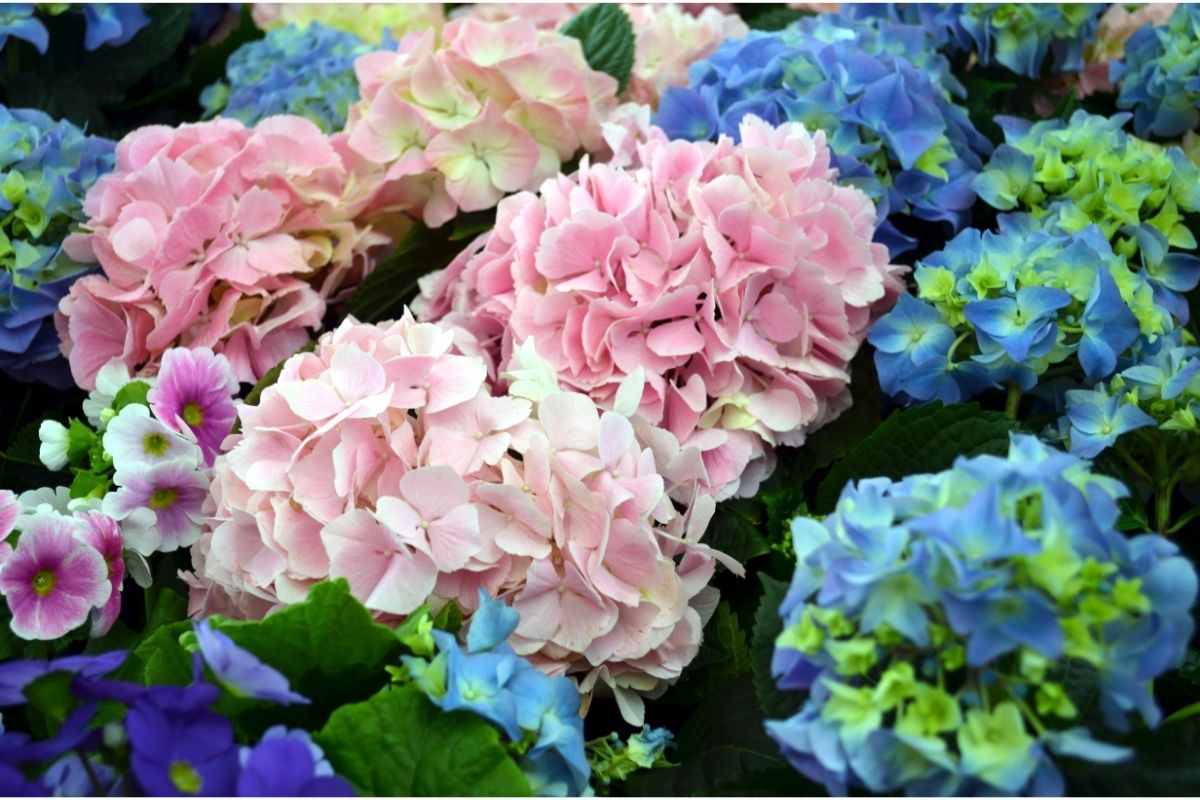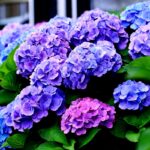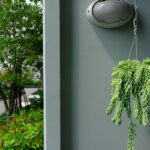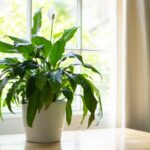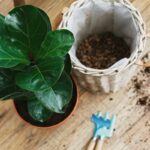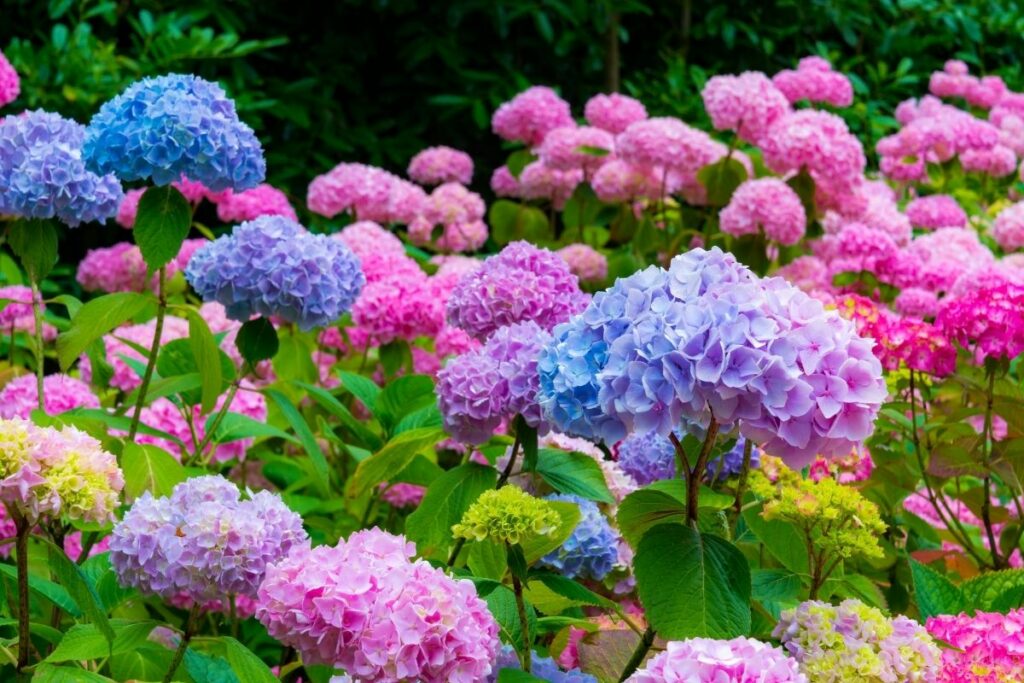
Hydrangeas are certainly one of the most stunning plants out there. Their beautiful softball blooms are a wonderful signature in any garden – and any home!
After all, who wouldn’t want their explosions of pink, blue and red colors keeping you company when you are inside?
While it is very much possible to grow hydrangeas indoors, it can be a tricky business. They can be exceptionally picky about what conditions that like to be kept in – particularly in terms of sunlight and water.
If you would like to know more about how to make your hydrangea thrive in your home, read on to find all of the best tips and tricks!
Which Varieties Of Hydrangea Can Be Grown Indoors?
While some strains of hydrangea plants may struggle to grow when they are kept indoors, there are some species that will do very well in enclosed spaces. One of these varieties is hydrangea macrophylla!
It does so well indoors because it is an incredibly hardy species that also likes to be kept in containers. Interestingly, this type of hydrangea will actually stay in bloom for months at a time.
This makes it the perfect accompaniment for any room, as it can brighten up table displays, kitchen counters, and lackluster bathrooms.
How Do You Grow Hydrangeas Indoors?
Step 1
The first thing you will want to do is place your hydrangea in a larger pot that has a drainage hole.
This is one of the most important things to do for any plant, but for a hydrangea, it is absolutely essential. This is because the water needs to be able to drain out of the soil.
If you don’t let it drain, the roots will begin to rot and your plant will develop diseases.
As well as this, without the drainage hole, it will be difficult to tell when your plant is needing more water. This will dramatically impact how your hydrangea blooms in the summer!
You can test the moisture of the soil to see if it needs to be watered beforehand. If it is almost dry, water the base of the plant until you see the water slowly start to trickle out of the drainage hole.
Your hydrangea will be very good at letting know when it’s thirsty. When it’s in bloom, the flower heads will because to droop.
An important thing to remember is that your plant will need more water when it’s blooming. This will help them to bloom better! Try and water it every day, in the spring and summer seasons (when it is warmest).
Step 2
Secondly, you will want to make sure that your plant has a lot of indirect sunlight.
While hydrangea plants don’t like direct sunbeams, they do like softer, scattered light.
This is why outdoor hydrangeas thrive under tree canopies – because it gradually lets the sunlight through without overpowering the plant.
The worst type of light for your plant will be the direct afternoon sun because the leaves will burn and turn crispy. The best thing to do will be to try and find a south-facing window!
On average, it needs 6-8 hours of indirect sun a day – especially in the summertime.
Step 3
The last thing you should definitely be doing to grow your hydrangea plant is feeding it with fertilizer every week while it is in bloom.
To do this, you should use a water-soluble fertilizer at half-strength only, as you don’t want to overpower the plant. During the seasons where it won’t bloom (winter and fall), use this same type of solution, but only once a month.
A good water-soluble fertilizer to use for your hydrangea is Miracle-Gro Water Soluble Plant Food.
Tips For Growing Hydrangeas Indoors
- Don’t use tap water. Chemicals, like small doses of chlorine, are added to tap water to make it clean enough for humans to drink. However, this can ruin the flower blooms. Instead, try and use rainwater or distilled water.
- When your hydrangea is blooming, aim to keep it in a cooler room. This can be difficult, especially as it needs sunlight to thrive. However, it should be kept in rooms that are 50-60 degrees during spring and summer, and 45 degrees during fall and winter.
- Use peat-based potting soil to grow your hydrangea. This will make sure that the plant doesn’t try out too quickly or that the roots won’t rot.
- Interestingly, the pH of your soil can actually change the color of some hydrangea blooms! Certain varieties of the plant will produce blue blooms in acidic conditions, and pink blooms in less acidic/more alkaline conditions.
- When you are choosing your plant, go for one with few blooms but lots of buds. This means that once your hydrangea starts growing, it will produce a huge amount of leafy foliage with its fresh blooms.
- If you wish to control the size of your plant, cut about a third of the old stems of the hydrangea after the blossoms have faded. This will also encourage a better bloom next year.
- You should repot your plant after the bloom is over. This ensures that the soil conditions are kept at their optimum usefulness and draining well (to reduce rot).
- If you want your hydrangea to bloom next year, it should be kept in cool conditions over winter with a small amount of water. Once most of the winter has gone, you can relocate it to somewhere warmer to get ready for its spring bloom!
What Kind Of Problems Can You Face With Hydrangeas?
Yellow leaves – If this happens to your plant, you should water it less. This is particularly common in fall and wintertime. As well as this, you should focus on only using distilled water.
Crispy leaves – This means that you will need to move the plant to a cooler location with more humidity. The excessive heat in dry conditions will dry your plant out!
Brown spots – This means that it has developed disease from water being poured on the leaves. If this happens, you should immediately remove the affected leaves. In the future, you should only water the soil/base of the plant.
To Sum Up…
You can grow a hydrangea indoors. However, you will need to ensure that it has an optimal growing environment. This means that you will have to place it in a large pot with a drainage hole.
You should water it every day in the hotter seasons, and use a water-soluble fertilizer when it is in blooming season. During the colder seasons, you should water it less regularly, but it should still be getting lots of indirect sunlight in cool rooms.
- Best Hanging Plant For Low Light - September 4, 2023
- Best Indoor Plants Florida - August 28, 2023
- Best Plants For Bathroom Smells - August 21, 2023

